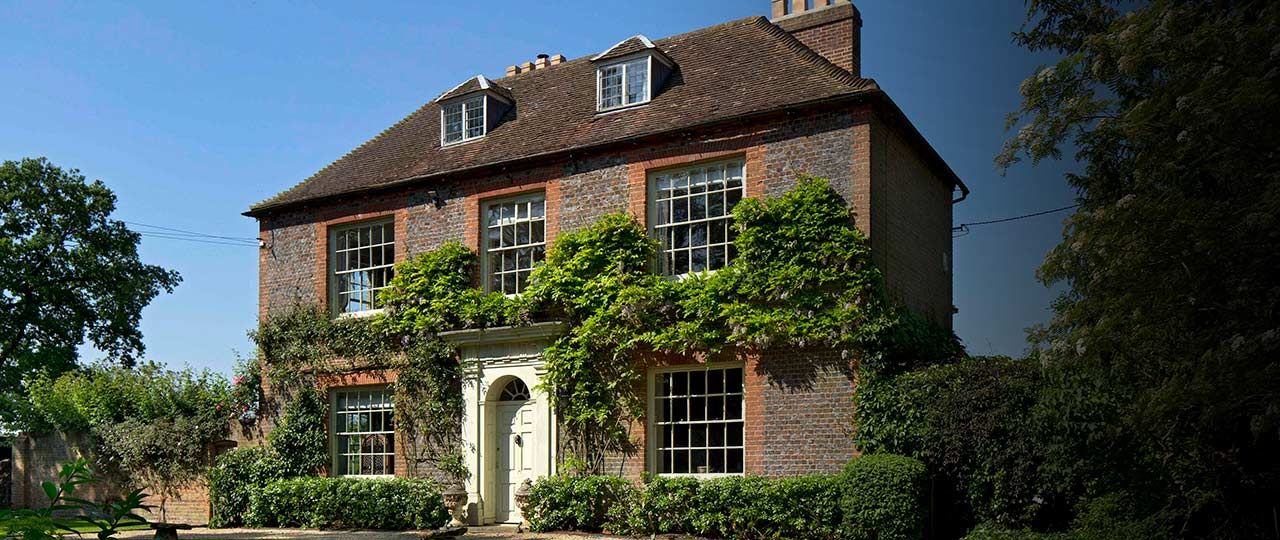
Oliver Custance Baker
Head of National Country House Department


Head of National Country House Department
Old rectories and vicarages epitomise what many people expect from a traditional village house: period features, solid construction and large gardens. The role of the church may have declined, but rectories are still very much a part of village life.
Many of the rectories still standing today date from the Georgian, Regency or Victorian periods. At the time, the Church was the wealthiest body in the country and no expense was spared in building homes for clergymen and their families.
For centuries, vicarages have been at the heart of quintessential English village life; immortalised in classic literature as a rural idyll.
No author has done more for the rectory than Jane Austen, who dreamt up the ideas for many of her stories in her childhood rectory home in Hampshire. Her descriptions of English country life and Georgian architecture, brought to life by film and television, have led many people to dream of owning their own country house, complete with high-ceilinged drawing rooms and large, landscaped gardens.
The reality was that, by the beginning of the 20th century, many vicarages were becoming increasingly costly to heat, repair and maintain. Many were also considered over-sized – large Victorian families with servants were a thing of the past.
Throughout the last century, the Church of England sold around 10,000 parsonages as parishes became combined under one vicar, and smaller, more modest homes were built for clergymen.
These old vicarages and rectories are now many people’s dream property.
Old vicarages are some of the most sought-after properties for British and international buyers alike, as Oliver Custance Baker, head of Strutt & Parker’s National Country House Department, explains: “Old Rectories were built with the same care and due diligence give to churches – solidly built to last with fantastic outlooks and big gardens. As the residence for the vicar, at one time the most powerful men in our society, these were seriously important buildings. Many such properties are placed in the most fantastic settings from the top of valleys to the edge of villages.”
Many are large properties, with light, spacious rooms and period features. They’re an ideal size for a family home and tend to come with large mature gardens.
Larger rectories are often used as B&Bs or small, boutique hotels.
Although congregations may have dwindled in recent years, in many villages, the church — and the rectory – still take architectural pride of place in the village.
Even the name, “The Old Rectory” or “The Old Vicarage” denotes a sense of prestige, evoking nostalgic images of pastoral life and garden parties on the lawn.
And the buildings themselves haven’t lost their charm over the years, though with sympathetic refurbishment, cold draughts and cramped sculleries are a thing of the past. The modern rectory has a large family kitchen, en-suite bedrooms and underfloor heating.
Our English heritage is unique, and many rectories combine the best of modern living with a glimpse into the England of the past.
But Oliver Custance Baker believes there’s more to it than that: “Our architecture is the envy of the world, but we have more than bricks and mortar; we have walls that talk and keep secrets.” And what secrets these rectories could tell